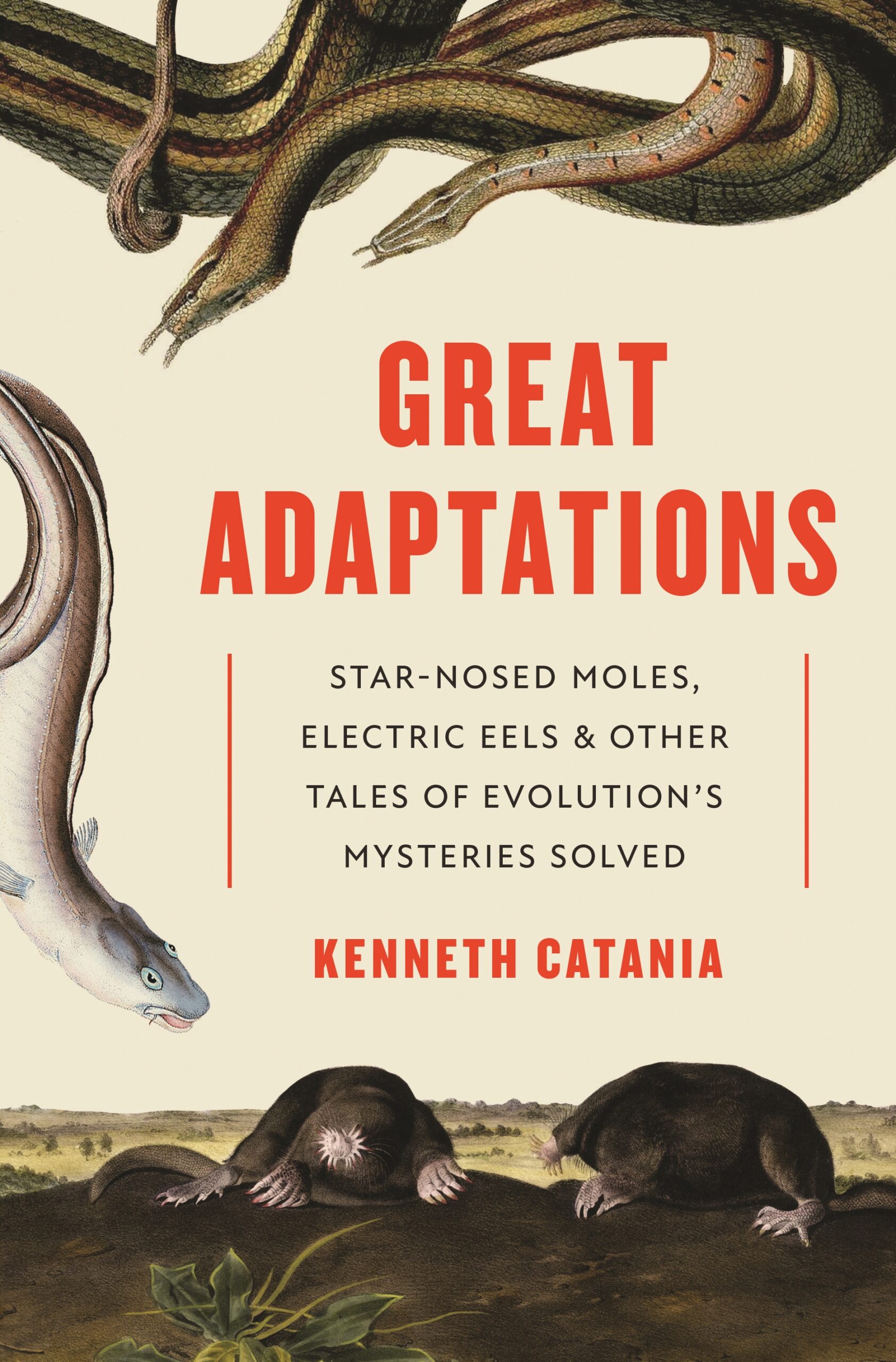This content discusses 10 amazing animal adaptations that defy imagination. The article highlights various adaptations such as the chameleon’s color-changing ability, the Arctic fox’s insulating fur, the giraffe’s extraordinary neck, the hummingbird’s hovering ability, the octopus’s camouflaging skills, the cheetah’s incredible speed, the archerfish’s shooting accuracy, the kangaroo’s powerful legs, the axolotl’s regenerative abilities, and the electric eel’s electrifying power. Each adaptation is described, explaining how it helps the animal survive in its environment or perform specific functions. The content showcases the wonders of nature and the diverse ways animals have adapted to thrive in their respective habitats.
10 Amazing Animal Adaptations That Defy Imagination
1. The Chameleon’s Color Changing Ability
The chameleon is renowned for its incredible ability to change colors. This adaptation helps them camouflage, hide from predators, and communicate with others of their kind. Special cells called chromatophores enable them to alter their skin pigment, allowing them to blend seamlessly into their environment.
2. The Arctic Fox’s Insulating Fur
The Arctic fox dwells in freezing temperatures and harsh conditions, but its thick fur helps it to survive the extreme cold. It has a double-layered coat, providing excellent insulation. The outer layer is long and bristly, repelling water and wind, while the inner layer is dense and warm, trapping heat close to the body.
3. The Giraffe’s Extraordinary Neck
The giraffe possesses a neck that can stretch up to six feet in length. This extraordinary adaptation specializes in reaching food sources high above the ground, which other herbivores cannot access. The long neck also plays a crucial role in fighting, as male giraffes engage in necking contests by swinging their heads to establish dominance.
4. The Hummingbird’s Hovering Ability
Hummingbirds have the incredible adaptation of being able to hover in mid-air. Their wings move so rapidly that they generate lift in all directions, allowing them to hover, fly backward, and even upside down. This unique ability enables them to access nectar from flowers efficiently and defend their territory.
5. The Octopus’s Camouflaging Skills
Octopuses possess the remarkable ability to change the color and texture of their skin to blend into various backgrounds. They accomplish this through specialized cells called chromatophores and tiny muscular structures that manipulate the size and shape of their skin bumps. This adaptation helps them evade predators and hunt their prey more effectively.
6. The Cheetah’s Incredible Speed
The cheetah is the fastest land animal, capable of reaching speeds of up to 70 miles per hour in short bursts. Its slender body, long legs, and non-retractable claws provide exceptional agility and traction. This adaptation allows them to chase down prey and secure their survival in the competitive African savannah.
7. The Archerfish’s Shooting Accuracy
The archerfish possesses an adaptation that allows it to shoot down insects by spitting water from its mouth. They have specialized jaw muscles that generate enough pressure to expel water, accurately hitting their prey near the water’s surface. This skill enables them to secure an easy meal by effectively hunting from below.
8. The Kangaroo’s Powerful Legs
Kangaroos possess immensely strong hind legs, which allow them to hop at high speeds and cover great distances with minimal effort. Furthermore, their legs also serve as powerful weapons when it comes to defense. They possess large, muscular tails, which provide balance and support while hopping.
9. The Axolotl’s Regenerative Abilities
The axolotl, a type of salamander, exhibits an impressive ability to regenerate lost body parts. These creatures can regrow not only limbs but also their heart, spinal cord, and even parts of their brain. Scientists are still studying this unique adaptation with hopes of unraveling its secrets and applying it to regenerative medicine.
10. The Electric Eel’s Electrifying Power
Electric eels possess specialized organs that can generate powerful electric shocks of up to 600 volts. They use these electric discharges both for hunting and self-defense. By releasing electrical pulses, they can locate prey in dark waters and immobilize them with stunning force. These adapted organs truly defy imagination and demonstrate the wonders of nature.
